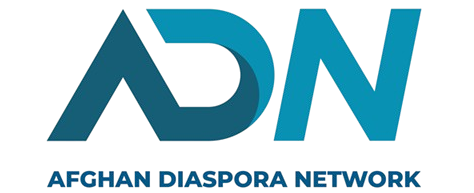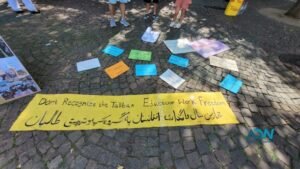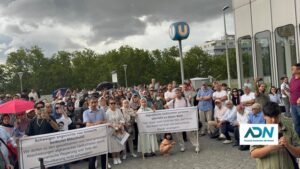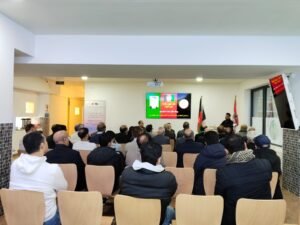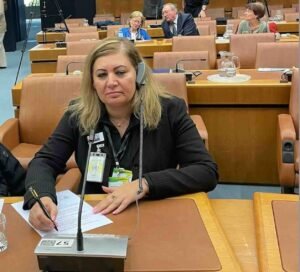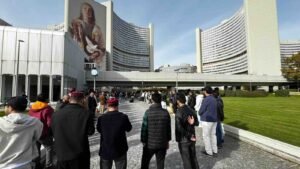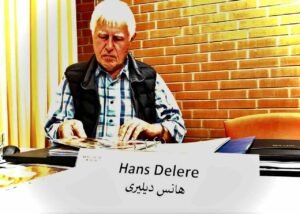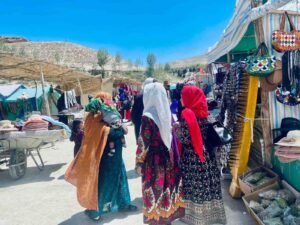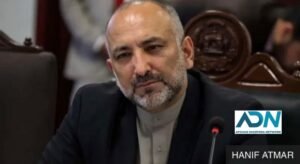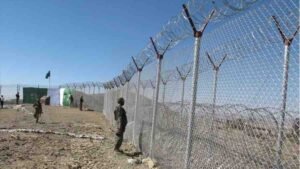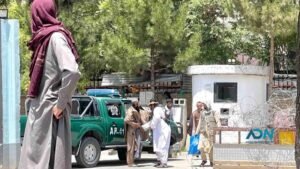Afghanistan’s Crisis Four Years On: The Man-Made Roots of Displacement and the Path Forward
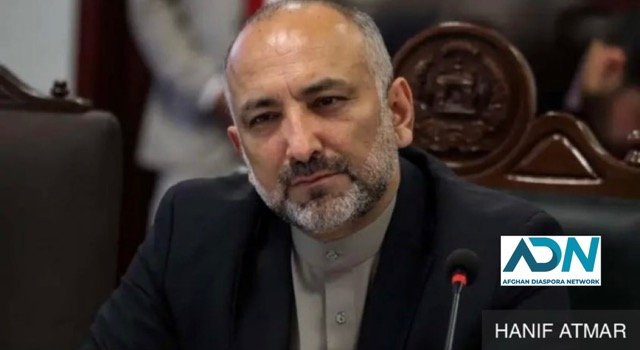
Hanif Atmar, Afghanistan's former Minister of Foreign Affairs.
ADN
Four years have passed since the Taliban seized control of Afghanistan on August 15, 2021, but the country continues to face a humanitarian and political crisis of staggering proportions. Millions remain displaced, security threats persist, human rights abuses worsen, and economic opportunities vanish. At the heart of these problems lies a tragic but crucial reality: Afghanistan’s ongoing crisis is largely a man-made disaster, rooted in decades of political failure and external interference.
Hanif Atmar, the last foreign minister of the Afghanistan Republic government ousted by the Taliban, offered diagnosis during a virtual conference organized by Displaced International and Arizona State University on August 11, 2025. His insights shed light on the root causes of forced displacement, the geopolitical failures leading to the Republic’s fall, and the urgent need for new approaches to peace and stability.
The Long Shadow of Forced Displacement
To understand Afghanistan’s current plight, it is essential to recognize the history of displacement as not a natural phenomenon but a man-made disaster sustained over decades. Atmar pointed out that while natural disasters like droughts and earthquakes have affected Afghanistan, it is political violence, insecurity, and persecution that have repeatedly uprooted millions of Afghans.
“Displacement in Afghanistan has always been a man-made disaster that occasionally is exacerbated by natural calamities.”
Looking back, the patterns are clear. The Soviet invasion in the 1980s forced millions to flee to neighboring countries and created generations of refugees. The fall of President Najibullah’s government in the early 1990s led to internal fighting among Mujahideen factions, which again displaced millions more. The rise of the Taliban in the late 1990s, the post-9/11 War on Terror, and finally the 2021 collapse of the Republic all followed the same tragic trajectory: forced displacement caused by violence and fear.
“People were forced to flee their homes. It has never been voluntary.”
Atmar emphasized the role of both domestic and foreign actors in perpetuating these cycles of violence and displacement. Domestic political groups, often in collaboration with external forces, have consistently pursued regime changes through violent means—resulting in bloodshed and human rights abuses.
“Both domestic political actors and outside actors violently tried to topple regimes, often in collaboration. Regime change was a common objective but brought conflict, abuse, and suffering.”
He lamented that despite decades of conflict, no party truly benefited from Afghanistan’s destruction. Instead, the country faces a quartet of threats that have grown worse over time:
- Increasing insecurity and terrorism
- The narcotics trade and transnational crime
- Widespread human rights abuses leading to mass displacement
- The loss of national and regional economic opportunities
“Nobody benefited from the destruction of Afghanistan. Instead, we have seen persistent security threats, narcotics trafficking, human rights abuses, and lost economic opportunities.”
Atmar also highlighted that political instability and government failures weakened Afghanistan’s capacity to respond effectively to natural disasters, compounding the suffering.
The Fall of the Republic: A Preventable Catastrophe
Atmar described the collapse of the Islamic Republic of Afghanistan in 2021 as an avoidable man-made disaster with far-reaching consequences. Central to this collapse was the Doha Peace Agreement signed in 2020 between the U.S. and the Taliban.
“Only one of the four interlinked obligations, withdrawal of foreign troops, was implemented. The other commitments, including counter-terrorism and peace negotiations, were ignored.”
The agreement stipulated four interdependent obligations:
- Withdrawal of foreign troops
- Counter-terrorism guarantees
- Intra-Afghan peace negotiations and settlement
- Establishment of a new Islamic state and permanent ceasefire
According to Atmar, only the first obligation was honored, while the others were neglected, undermining the peace process and enabling the Taliban’s rapid takeover.
Atmar also pointed to critical failures among Afghan political leaders themselves, disunity, corruption, and self-interest that fractured the Republic from within.
“The Afghan state and political leaders failed the Afghan people. Accountability for these failures is urgently needed.”
He called for an accountability process involving Afghan politicians who are ready to take responsibility and honor the sacrifices of the Afghan people and international allies.
The situation was further complicated by global and regional geopolitical rivalries. The interests and mistrust between major powers such as the United States, Iran, Russia, and China, combined with regional tensions, especially between India and Pakistan, Pakistan and Iran, and within the Gulf region, fueled instability.
“Rivalries between the United States and Iran, Russia, China, and regional tensions between India and Pakistan, Pakistan and Iran, have all shaped the fate of Afghanistan.”
Atmar underscored that these dynamics have contributed to Afghanistan becoming a battleground for proxy conflicts rather than a sovereign state able to secure peace and development.
The Way Forward for Afghanistan
Today, one of the most pressing humanitarian issues remains the situation of Afghan refugees. Neighboring countries, overwhelmed by the influx of displaced Afghans, have increasingly pursued policies of forced repatriation.
“Afghanistan is not ready to receive refugees—politically, economically, or socially.”
Atmar warned that such forced returns violate international obligations and will worsen instability. Afghanistan, ruled by a repressive Taliban regime known for systematic violations of women’s and human rights, cannot guarantee the safety or dignity of returnees.
“Flooding desperate refugees back into Afghanistan will only expose them to recruitment by extremist groups and deepen instability.”
Economic decline, the sharp reduction of humanitarian aid, especially from the U.S., and the Taliban’s priorities away from public welfare compound the problem. Furthermore, the Taliban have invested heavily in “hate madrassas,” extremist religious schools indoctrinating youth with intolerance and violence, creating further risks for displaced young people being returned to Afghanistan.
Looking ahead, Atmar emphasized that the fundamental solution lies in the restoration of a legitimate Afghan government.
“A government that honors Afghanistan’s international obligations is the key to lasting peace and reconciliation.”
Such a government would help create conditions for voluntary, safe, and dignified repatriation of refugees and begin to address the country’s broader challenges.
However, Atmar acknowledged the daunting reality: the Taliban’s growing irresponsibility, political disunity among non-Taliban groups, declining interest from Western partners, and intense regional rivalries pose severe obstacles.
“The only hope is renewed collaboration between Afghans and the international community, especially through a UN Security Council-mandated political process.”
Atmar called on all stakeholders, Afghans and the international community alike, to recognize that only by working together can peace, stability, and justice be achieved.
Conclusion
Hanif Atmar’s reflections provide a stark reminder that Afghanistan’s current crisis is not simply the product of fate or external forces alone, but the result of decades of human decisions—often flawed, self-interested, and short-sighted. The continued displacement of millions, the erosion of basic rights, and the country’s fragile future are deeply linked to these failures.
Yet, within his sobering diagnosis, there is also a call for hope and responsibility. Accountability, legitimate governance, and renewed international cooperation remain the only viable paths toward a peaceful Afghanistan where displaced people can one day return home safely and rebuild their lives.
The global community and Afghan leaders must heed this call, not only to end a tragic chapter but to build a future where Afghanistan’s people can finally live in dignity, security, and peace.
